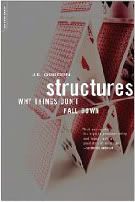-
1
- #1
fa2070
Structural
- Jun 6, 2007
- 58
Hello,
What book(s) would you recommend for learning the design process (emphasis on "design") of low-rise/mid-rise reinforced concrete buildings?
For example, after the architect hands me the typical plan view of, say, a 6-story building and asks me to design the structure [small](see picture for illustration purposes, not from a real project)[/small] ... where do I begin?
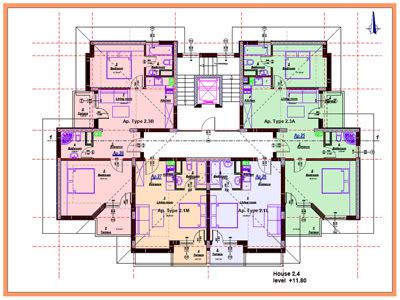
In other words, what is the thought process that seasoned/senior structural engineers apply to arrive at the most satisfactory structural design?
How do they perform load analysis to begin with? How conservative is this process? How many combinations are tested? e.g. for a 3-span beam: LOADED-LOADED-LOADED -or- LOADED-LOADED-UNLOADED -or LOADED-UNLOADED-UNLOADED etc. etc.
Secondly, how do they choose the locations, dimensions and thicknesses of all the elements that comprise the structure, namely footings, internal columns, edge columns, beams and slabs?
Thirdly, what are the criteria for the design and inclusion (or not) of:
[ul square]
[li]Bracing: Why/where/when and how ?[/li]
[li]Shearwalls: Where and how many of them? When does wind start to be a concern? Lateral forces... how do designers deal with wind/drift/vibrations?[/li]
[/ul]
Fourthly, what is the common practice with regards to continuity in concrete elements? What's the relevance of workmanship in this decision? Do they design the concrete skeleton as a framed structure or as a myriad of column-supported continuous beams with neglegible to null moment transmission at edge columns? What consideration is given to foundations settlement and the impact (read: cracking) on neighboring buildings?
Fifthly, how do they do the detailing? Manually? Or is it computer-assisted? If so, what software do they use for detailing?
How do they choose As/Ac for the concrete members? What's the tipping point that makes As/Ac non-viable (read: anti-economic) and signals the designer to increase Ac?
And last but not least, what are the things to watch out in a structural design? What can go wrong? What are the pitfalls to avoid?
This is what I don't want.
I don't want math-bloated volumes aimed at teaching structural analysis. I also don't want books that dissect the latest and greatest construction codes.
I want a book (or books) targeted at the practicing engineer, written with a "from mentor to mentoree" spirit, aimed at teaching the timeless and code-immune[red](*)[/red] craft that is the structural design of reinforced concrete buildings. The content should be straightforward and practical, preferably with worked and commented end-to-end examples.
Can anyone give me a pointer or two?
Thanks.
[red](*)[/red] Except for Live Load selection.
What book(s) would you recommend for learning the design process (emphasis on "design") of low-rise/mid-rise reinforced concrete buildings?
For example, after the architect hands me the typical plan view of, say, a 6-story building and asks me to design the structure [small](see picture for illustration purposes, not from a real project)[/small] ... where do I begin?

In other words, what is the thought process that seasoned/senior structural engineers apply to arrive at the most satisfactory structural design?
How do they perform load analysis to begin with? How conservative is this process? How many combinations are tested? e.g. for a 3-span beam: LOADED-LOADED-LOADED -or- LOADED-LOADED-UNLOADED -or LOADED-UNLOADED-UNLOADED etc. etc.
Secondly, how do they choose the locations, dimensions and thicknesses of all the elements that comprise the structure, namely footings, internal columns, edge columns, beams and slabs?
Thirdly, what are the criteria for the design and inclusion (or not) of:
[ul square]
[li]Bracing: Why/where/when and how ?[/li]
[li]Shearwalls: Where and how many of them? When does wind start to be a concern? Lateral forces... how do designers deal with wind/drift/vibrations?[/li]
[/ul]
Fourthly, what is the common practice with regards to continuity in concrete elements? What's the relevance of workmanship in this decision? Do they design the concrete skeleton as a framed structure or as a myriad of column-supported continuous beams with neglegible to null moment transmission at edge columns? What consideration is given to foundations settlement and the impact (read: cracking) on neighboring buildings?
Fifthly, how do they do the detailing? Manually? Or is it computer-assisted? If so, what software do they use for detailing?
How do they choose As/Ac for the concrete members? What's the tipping point that makes As/Ac non-viable (read: anti-economic) and signals the designer to increase Ac?
And last but not least, what are the things to watch out in a structural design? What can go wrong? What are the pitfalls to avoid?
This is what I don't want.
I don't want math-bloated volumes aimed at teaching structural analysis. I also don't want books that dissect the latest and greatest construction codes.
I want a book (or books) targeted at the practicing engineer, written with a "from mentor to mentoree" spirit, aimed at teaching the timeless and code-immune[red](*)[/red] craft that is the structural design of reinforced concrete buildings. The content should be straightforward and practical, preferably with worked and commented end-to-end examples.
Can anyone give me a pointer or two?
Thanks.
[red](*)[/red] Except for Live Load selection.

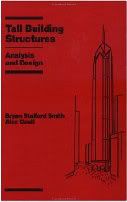
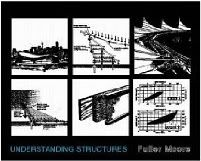
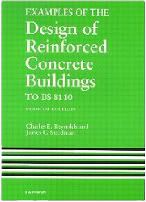
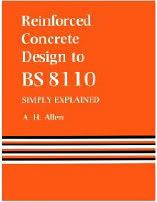
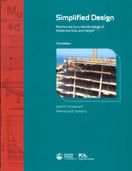


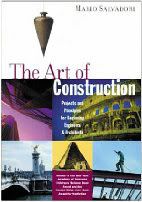
![[blush] [blush] [blush]](/data/assets/smilies/blush.gif) [/li]
[/li]
